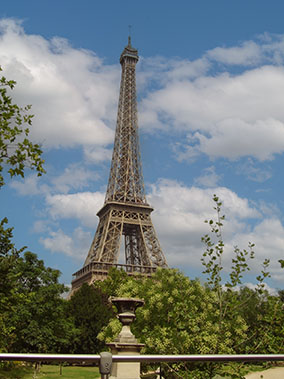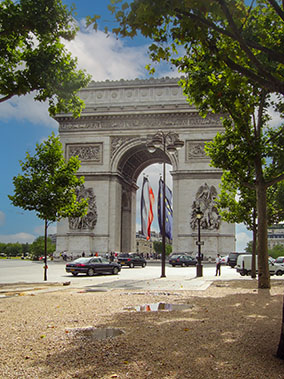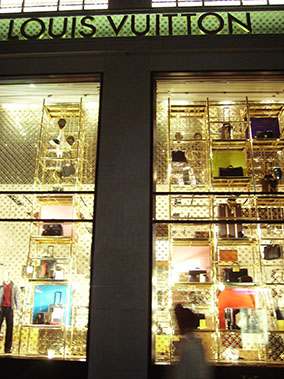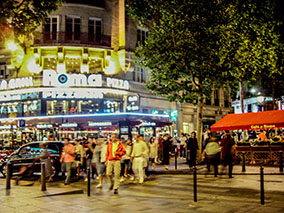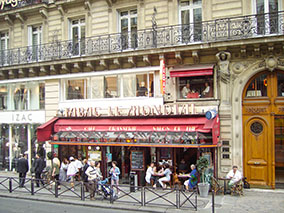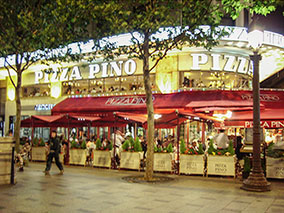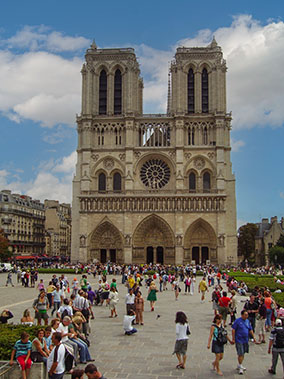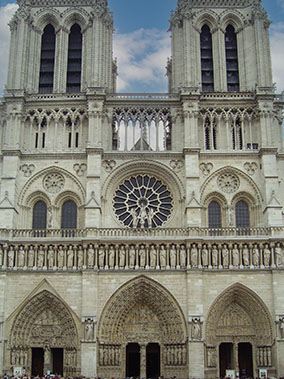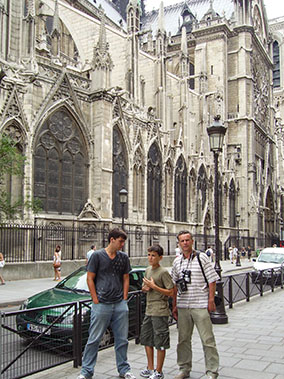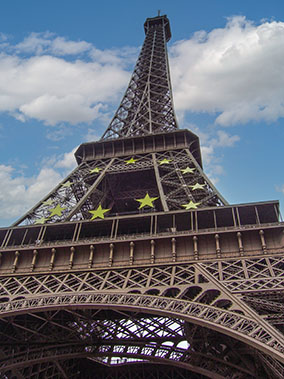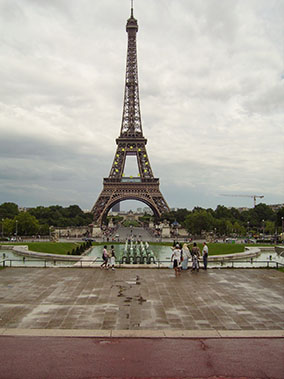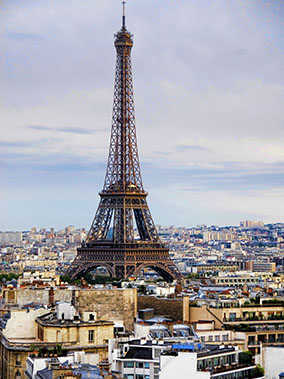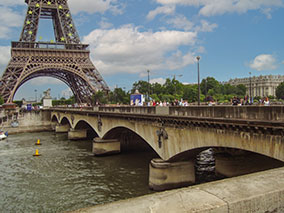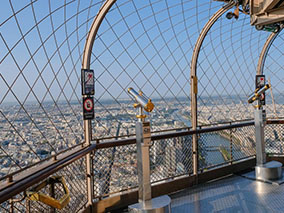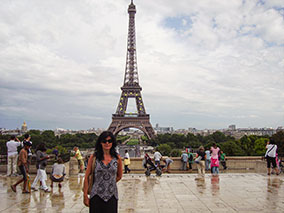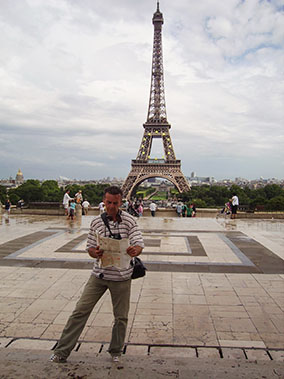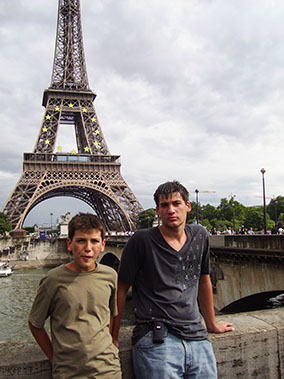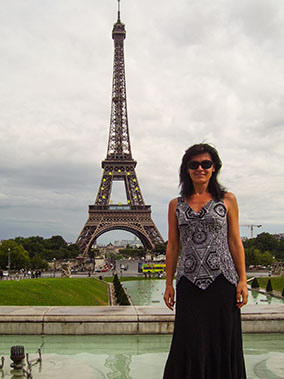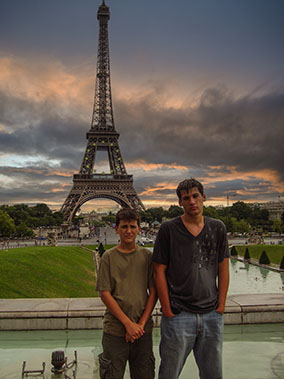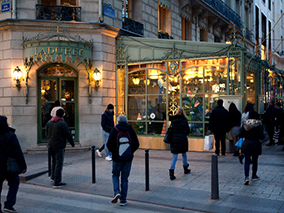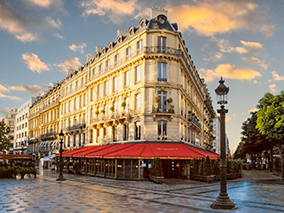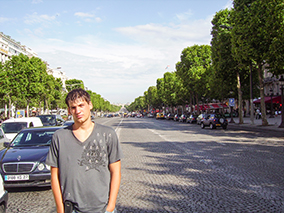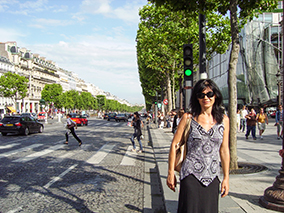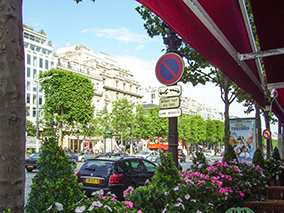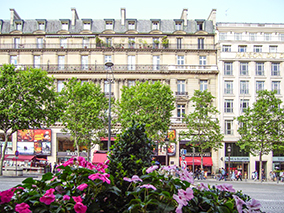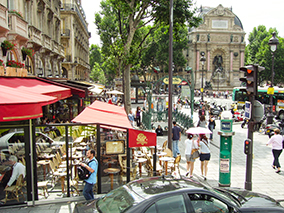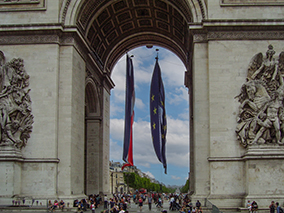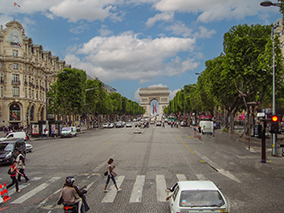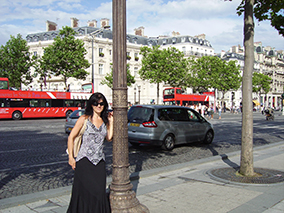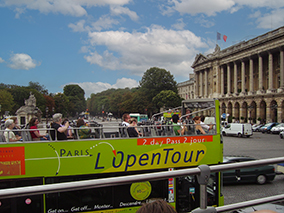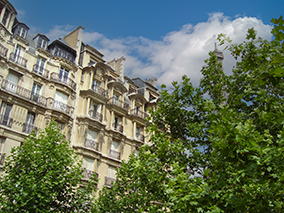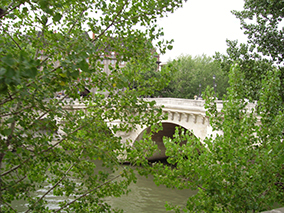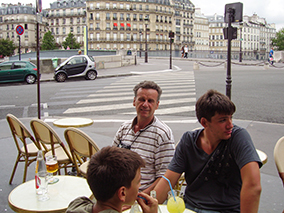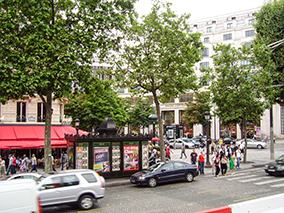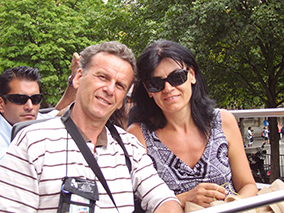Paris, France
The city of Light & city of Love
Paris, France’s capital, is a major European city and a global center for art, fashion, gastronomy and culture. Its 19th–century cityscape is crisscrossed by wide boulevards and the river Seine. Beyond such landmarks as the Eiffel Tower and the 12th–century, Gothic Notre–Dame cathedral, the city is known for its cafe culture and designer boutiques along the Rue du Faubourg Saint–Honoré.
With no doubts, Paris is one of the most beautiful cities in the world. The fact that it is receiving over 30 million visitors every year, it’s one of the most visited cities in the world too.
It’s called the city of light because it was one of the first European cities to have streetlights installed.
Although the French is the official language, Paris is not the largest French–speaking city in the world. That title belongs to Kinshasa, the capital city of the Democratic Republic Of Congo.
There are thousands of things to do in Paris. It really depends on our preferences, but here are the most visited landmarks visitors like to see:
The Notre Dame Cathedral
Dedicated to the Virgin Mary, Notre–Dame de Paris is one of the oldest Gothic Cathedrals in the world and one of the best-known. It towers offer incredible views over Paris. Built between 1163 and 1245 on the Ile de la Cité, Notre Dame de Paris is one of the oldest gothic cathedrals in the world.
It is one of the most famous symbols of Paris, attracting an estimated 13 million visitors and pilgrims yearly.
Eiffel Tower
The plan to build a tower 300 metres high was conceived as part of preparations for the World’s Fair of 1889. The assembly of the supports began on July 1, 1887 and was completed twenty–two months later.
Even before the end of its construction, the Tower was already at the heart of much debate. Enveloped in criticism from the biggest names in the world of Art and Literature, the Tower managed to stand its ground and achieve the success it deserved.
The “Protest against the Tower of Monsieur Eiffel”, published in the newspaper Le Temps, is addressed to the World’s Fair’s director of works, Monsieur Alphand. It is signed by several big names from the world of literature and the arts.
In an interview in the newspaper Le Temps of February 14 1887, Gustave Eiffel gave a reply to the artists’ protest, neatly summing up his artistic doctrine:
“"For my part I believe that the Tower will possess its own beauty. Are we to believe that because one is an engineer, one is not preoccupied by beauty in one's constructions, or that one does not seek to create elegance as well as solidity and durability? Is it not true that the very conditions which give strength also conform to the hidden rules of harmony ? Now to what phenomenon did I have to give primary concern in designing the Tower ? It was wind resistance.
Well then! I hold that the curvature of the monument’s four outer edges, which is as mathematical calculation dictated it should be, will give a great impression of strength and beauty, for it will reveal to the eyes of the observer the boldness of the design as a whole.”.
Once the Tower was finished the criticism burnt itself out in the presence of the completed masterpiece, and in the light of the enormous popular success with which it was greeted. It received two million visitors during the World’s Fair of 1889.
The Eiffel Tower is an iron tower located in the Champ de Mars in Paris. Its name comes from the engineer’s, Gustave Eiffel. Built in 1889 for the International Exhibition, it has become a cultural icon of France and one of the most recognizable structures in the world. With more than 7 million visitors every year, it is the most visited paid monument in the world. The Eiffel tower is listed as a historical monument since June 24th, 1964.
The Avenue des Champs–Élysées
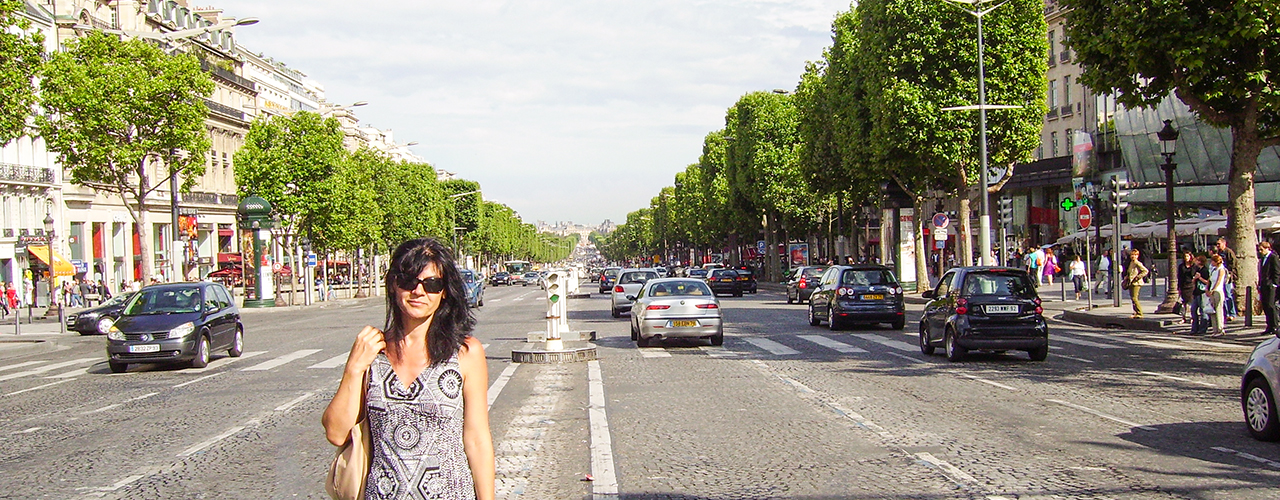
The French capital’s top attractions, the Avenue des Champs–Élysées needs no introduction. Visited each day by nearly 300,000 people, is believed to be the most beautiful Avenue in the world. Dotted with trees on either side of the street, this 2 kilometer stretch located between the Place de la Concorde and the Arc de Triomphe is home to some of the world–class luxurious boutiques, nightclubs, flagship stores, and museums. It is a shopper’ paradise. But though it has since become “the world’s most beautiful avenue”, the Champs–Élysées was once a swamp. It was in the 17th century that André Le Nótre, gardener to the Sun King, traced its original path. And thus a legend was born. The avenue has only become more beautiful with every passing decade. It is also known as the finish of the Tour de France cycling race, as well as for its annual Bastille Day military parade. The name is French for the Elysian Fields, the place for dead heroes in Greek mythology.
The Arc de Triomphe
The Arc de triomphe was begun in 1806, on the orders of Napoleon I to honour the victories of his Grande Armée. Inspired by the great arches of antiquity, this iconic monument bears the names of battles and generals from the Revolution and the First Empire.
And a few more about Paris....
♦ Paris has 37 Bridges
♦ Paris Is the Birth Place Of Cabaret
♦ The Louvre is the world’s biggest art museum
♦ There is still the the Love Lock tradition on some bridges in Paris
